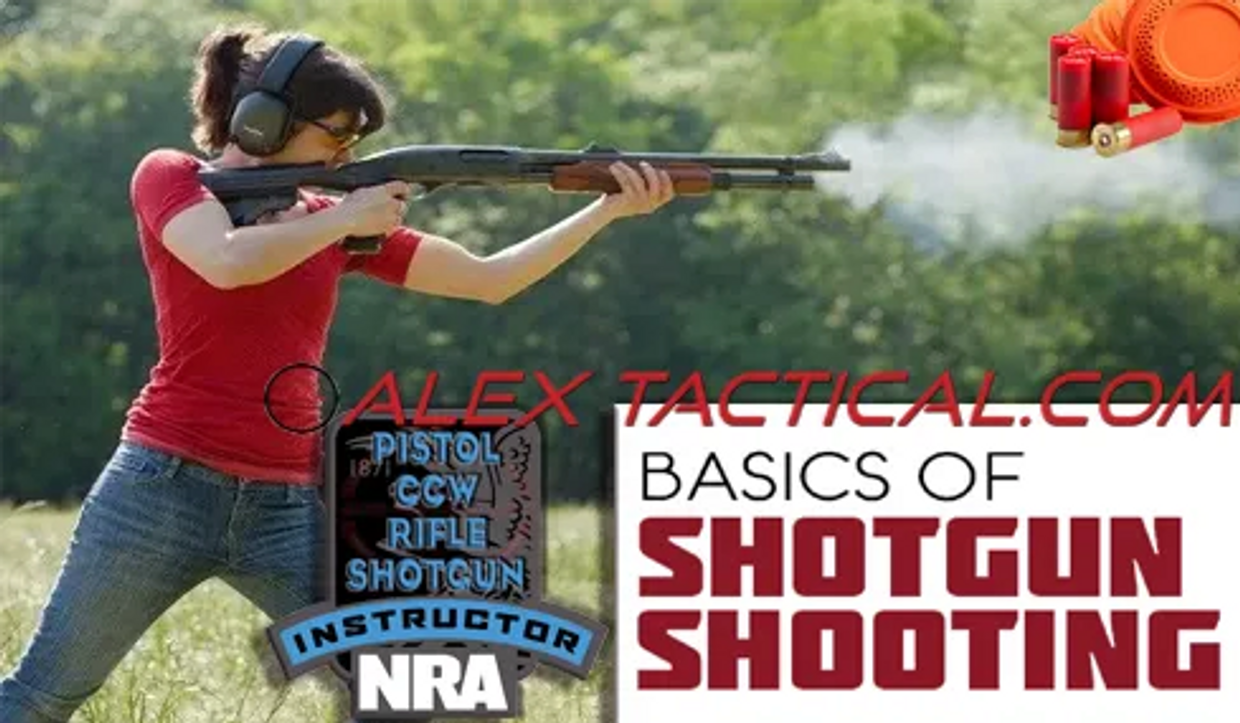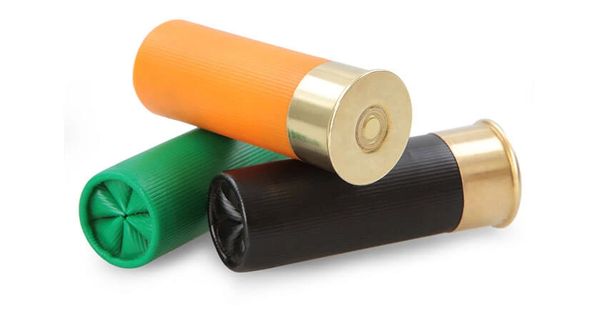1. Birdshot:
Birdshot cartridges are
typically used for hunting birds
and small game.
They contain a large number of small
pellets, allowing the shooter to cover
a vast area with one shot.
2. Buckshot:
Buckshot cartridges are often used for
hunting larger game or for home defense.
They contain larger pellets, usually ranging
from .24 inches to .36 inches in diameter,
depending on the type of buckshot.
3. Slugs:
Slug cartridges fire a single large projectile
rather than multiple smaller pellets.
These cartridges are used for hunting
large game and for some tactical
and defensive situations.
4. Saboted Slugs:
These are a particular type of slug that's
encased in a plastic shell (the sabot), which
helps to stabilize the slug in flight,
increasing accuracy at longer distances.
5. Specialty Rounds:
These can include anything from less
lethal options (such as rubber bullets
or bean bag rounds) to exotic rounds
(such as Dragon's Breath or flechette rounds).
Their practical uses can vary widely.
6. Multi-purpose:
Some shotgun cartridges are designed
to be multi-purpose, containing both
birdshot and buckshot or slug
and buckshot combinations.
These types of cartridges are versatile
and can be used for various purposes,
depending on the specific
combination of projectiles.
Only use the Correct Ammunition:
It is crucial always to ensure you are using
the correct ammunition for your specific
shotgun and for the activity in which
you're participating.
Failure to use the correct ammunition
can result in poor performance,
firearm damage, or even personal injury.
Lastly:
Shotgun cartridges also come
in different lengths, generally 2 3/4 inches,
3 inches, and 3 1/2 inches, which denotes
how much gunpowder and how many
projectiles are in each shell.
Longer shells generally mean more
power and pellets, but also increase recoil
and are not compatible with all shotguns.
--------------------------------------------------------
The creativity and engineering prowess poured into today’s rifles may be unlimited, but all firearms fall into distinct categories defined by their method of operation
regardless of cosmetics.
Here’s an abbreviated look at
the five major types of Shotguns:
Bolt Action
Semi-Auto
Pump Action
Lever Action
Break-Action
The good old-fashioned scattergun has been used to protect the homestead for generations.
Many modern shooters still consider the
shotgun the ideal home defense weapon.
There’s even the popular theory that the mere sound of racking a shotgun is enough to deter would-be criminals. It certainly takes an uncommonly brave idiot to stare down the barrel of a loaded 12-gauge and keep charging.
significant
The shotgun has one major advantage over
a rifle (and a handgun, for that matter):
It can send a LOT of lead downrange in a hurry.
It can take multiple shots to eliminate a violent threat, especially if that threat is a person jacked up on narcotics or some other drug.
That’s why most self-defense instructors emphasize getting multiple rounds on target as quickly as possible.
Unlike rifles or handguns, shotguns fire several projectiles each time you pull the trigger.
Load your home defense 12-gauge with two ¾-inch rounds of 00 buckshot (a typical home defense choice – see our top picks for defensive 12-gauge ammo here), and you send nine .38 caliber balls of lead barreling toward your target with every trigger pull.
If you aim to get multiple projectiles on
target fast, it’s hard to beat a shotgun.
And since most shotguns have a limited magazine capacity and can be a challenge to reload,
it’s a good thing each round contains so much lead.




























